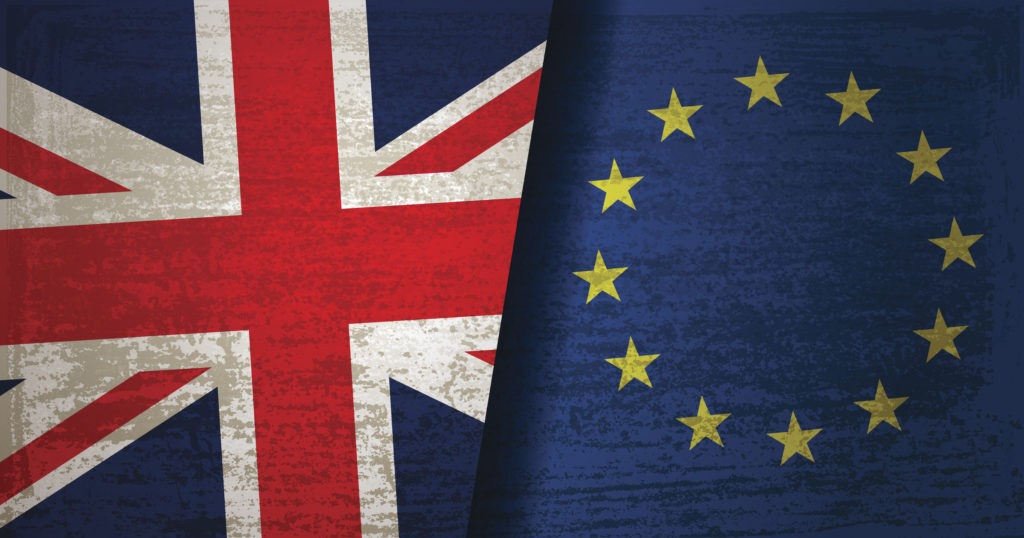Brexit Survey: Time to leave the EU with no deal says industry
18 April 2019

18 April 2019
A majority of people involved in the automotive industry would rather the UK left the EU without a deal, the latest Autovista Group survey shows.
In total, 41% of respondents suggested that Britain should just cut itself completely from Europe. Such a move is likely to trigger tariffs and customs checks, causing trouble for the industry. Yet the prolonged procedure, which was expected to be completed by 29 March, is also harming the automotive sector.
The survey, included as part of the Autovista Group Daily News Brief, has respondents from many different sectors across the European automotive industry. The results highlight that while top bosses and industry authorities are pushing for an agreeable deal, others feel it is time to end the process quickly.
A quarter (25%) of those returning answers felt that the UK should cancel Article 50 and remain. This would place UK industry back in the position it found itself in before the referendum, with no threat of economic damage except for the financial spend on Brexit contingency plans.
Both of these options would give the UK the quickest possible outcome, rather than drawing out the country’s exit to 31 October, the new deadline imposed by the EU. This highlights the frustration over the situation as politicians continue to argue over the best course of action.
This was highlighted in the comments section, with many saying they had given up hope of ever reaching an agreement in parliament and therefore it was best to leave and deal with the consequences. Others felt the same, but suggested remaining was therefore the best option as ′if agreements cannot be reached over the situation now, how can they be reached on trade and regulation?’
The third best answer was to call a second referendum (15%), giving the people a new vote on whether to leave the EU or remain. Externally, this is a popular call, with some politicians feeling that the original question was not clear enough and the public did not get to say what type of Brexit they wanted. In a recent round of indicative voting in the UK Parliament over different actions to take, the option of a second referendum was voted out, albeit by the narrowest margin of all motions tabled.
The call for the country to leave with the UK Prime Minister’s deal in place gained 9%. The ′withdrawal agreement’ includes provisions for a transition period to last until the end of 2020, in which the UK would be part of the customs union and be able to negotiate a deal with EU leaders over trade while being unable to do so with countries outside the EU. It also establishes a mechanism for calculating a financial settlement, while envisioning the Irish backstop. It has been rejected three times so far in the country’s Parliament.
Leaving with a customs deal in place gained 5% of responses. Although such an arrangement would limit trade negotiations with overseas partners, it would allow for free trade to continue between the UK and its biggest market. The option of agreeing a longer extension, beyond the 31 October deadline, gathered 2% of the vote.
The ′other’ category made up the remaining 3% of votes cast. Comments included suggestions that not only should the UK remain part of the EU but that it should also adopt the Euro, bringing it in line with other markets on the continent and allowing for even easier trading conditions. Others said that the entire affair should be cancelled but negotiations must continue for a deal before it is put to a people’s vote.